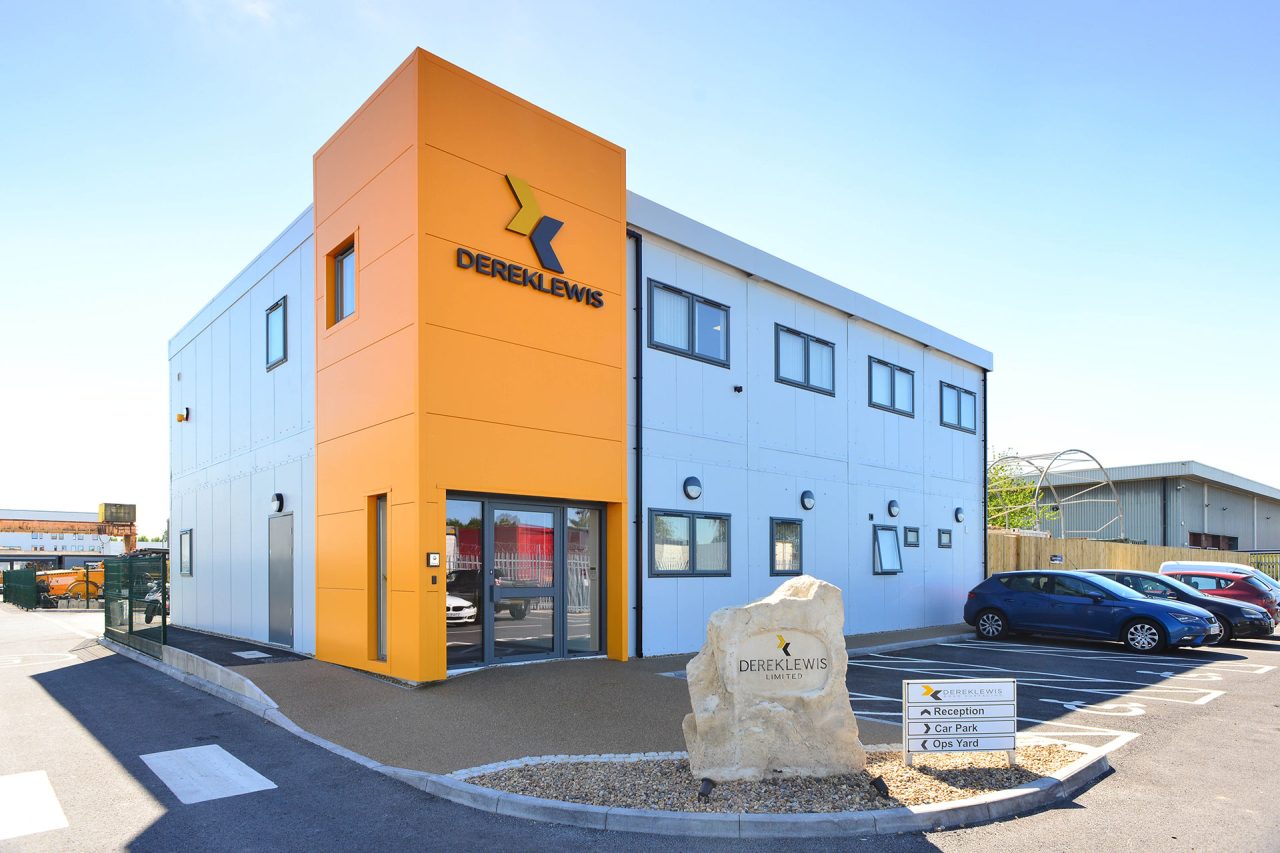The role of BIM in modular construction

At Wernick, our commitment to innovation drives us to adopt cutting-edge technologies and techniques that enhance our modular construction processes. One such approach is Building Information Modelling (BIM), a transformative method that revolutionises how we design, manufacture and deliver modular buildings.
BIM is a digital representation of a building’s physical and functional characteristics. It serves as a shared knowledge resource, providing all stakeholders with insights and tools to make informed decisions throughout a building’s lifecycle, from initial design through construction to operation and maintenance.
BIM enables us to create detailed 3D models that encompass every aspect of a building’s design. This precision ensures that prefabricated components are manufactured to exact specifications, reducing errors during assembly and minimising the need for on-site modifications. By facilitating better design coordination, BIM helps identify and resolve potential clashes between architectural, structural and MEP (mechanical, electrical, and plumbing) systems early in the design phase, leading to smoother project execution.
Integrating BIM with our manufacturing processes allows for the automation of production lines, enhancing efficiency and consistency. Detailed BIM models provide comprehensive instructions for each component, enabling us to optimise workflows and reduce production time. This integration ensures that each module is constructed accurately, adhering to the highest quality standards.
The detailed information within BIM models serves as a comprehensive guide for on-site assembly. By having access to precise data, construction teams can ensure that each prefabricated module fits together seamlessly. This level of detail reduces on-site errors and accelerates the construction timeline, allowing for faster project delivery.
BIM acts as a central platform for all project stakeholders, including architects, engineers, contractors and clients. The shared environment enhances collaboration and communication, ensuring that everyone is aligned with the project’s objectives. Real-time updates and access to the latest information help prevent misunderstandings and keep the project on track.
Supporting sustainability and cost efficiency
By enabling precise planning and resource management, BIM contributes to more sustainable construction practices. Accurate material quantification reduces waste, and optimised workflows minimise energy consumption during manufacturing. Additionally, the efficiency gained through BIM can lead to significant cost savings by reducing rework and shortening project timelines.
Our adherence to the internationally recognised ISO 19650 standard demonstrates our commitment to structured, data-driven construction practices. BIM’s comprehensive documentation ensures compliance with regulatory requirements and facilitates easier maintenance and future upgrades, helping clients future-proof their estates.
The integration of BIM into our modular construction processes exemplifies our dedication to delivering high-quality, efficient and sustainable building solutions. By embracing BIM, we not only enhance our manufacturing capabilities but also provide our clients with buildings that are designed and delivered with precision, quality, and clarity from day one.































